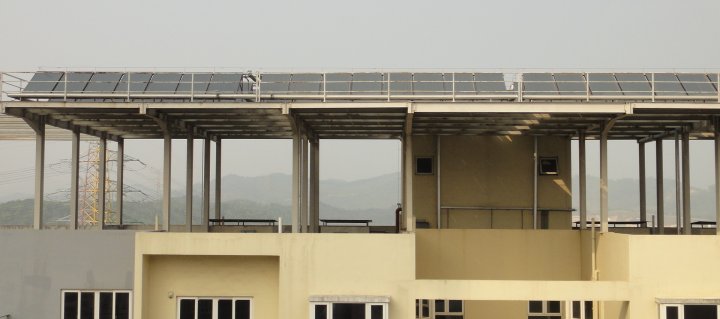Background
China’s Changjiang River (CJR) basin covers an area of 1.8 million km² with a population of over 500 million. It includes China’s major industrial centres and generates 40% of the country’s GDP. The region is also growing quickly, with 500 million m2 of new construction added each year. Given the local climate, these new buildings require both cooling in summer and heating in winter.
Better integration of renewable energy (RE) into new buildings in the region could help meet the rapid growth in energy demand. The Chinese government sees the CJR region as a vital building block in changing the country’s energy structure.
Purpose
To develop a roadmap for the promotion of RE technologies in buildings in the CJR region, as well as the necessary policy measures for its implementation.
Photo (right): Guoqing He
